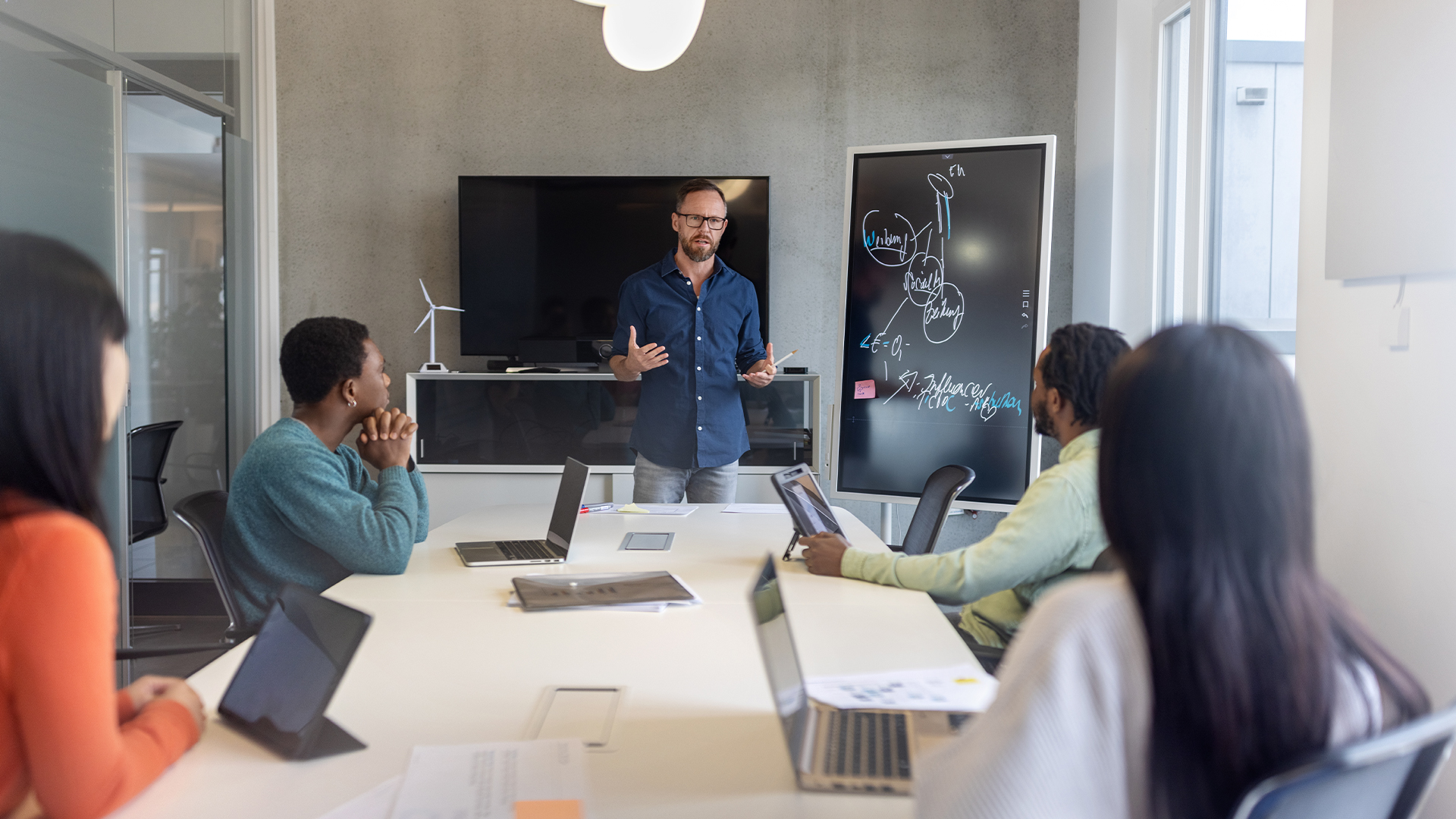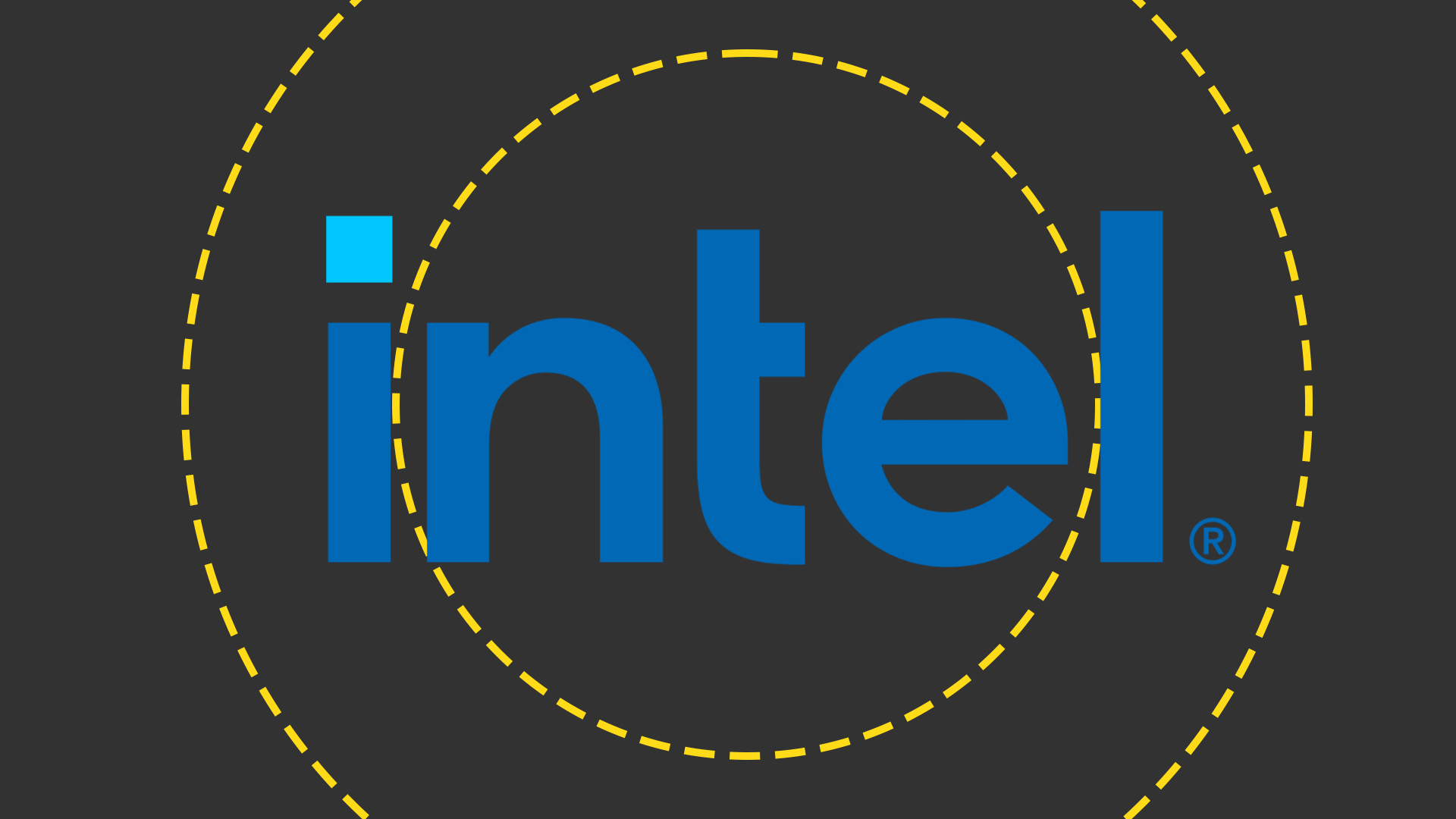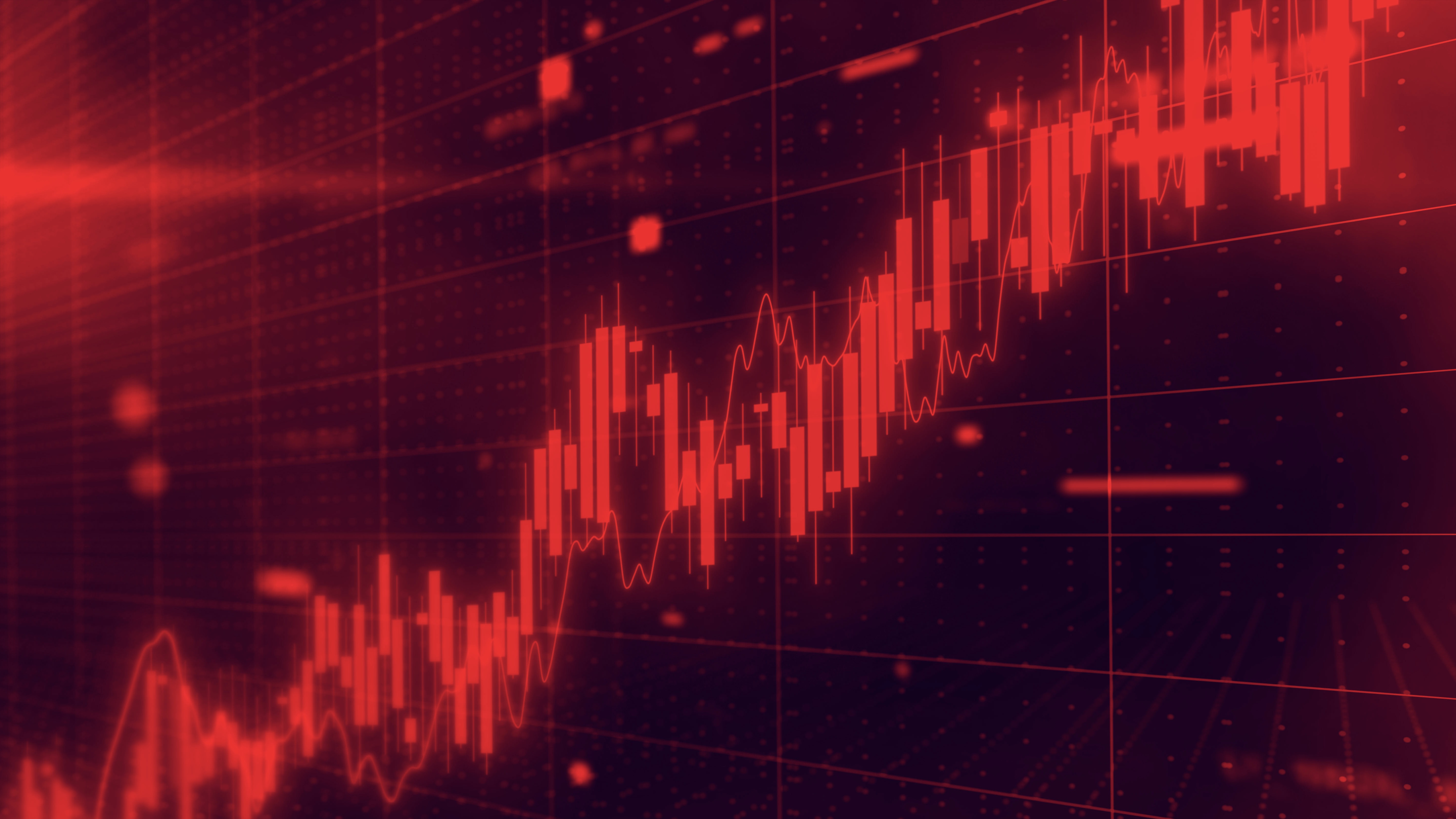What is total cost of ownership (TCO)?
We explain what total cost of ownership is and the steps a business may take to reduce it

Total cost of ownership (TCO) refers to the calculation that helps businesses work out exactly how much a piece of equipment, a service, or other resource will cost over its entire lifetime.
By calculating TCO, businesses can work out how much a product will cost to purchase, service, and maintain over time. They can also take into account the costs of resources needed to get equipment and services up and running. Understanding the TCO of resources allows businesses to establish whether something will generate an acceptable return on investment.
Analyst firm Gartner brought total cost of ownership into the mainstream in the 1980s, coinciding with the emergence of personal computers - although the concept itself is thought to be much older, dating back to the start of the twentieth century.
In its definition, Gartner describes total cost of ownership as a “comprehensive assessment of information technology (IT) or other costs across enterprise boundaries over time”. In an information technology context, these calculations are used for determining “hardware and software acquisition, management and support, communications, end-user expenses and the opportunity cost of downtime, training and other productivity losses”, according to Gartner.
What total cost of ownership (TCO) covers
Experts and organizations take varying views on what encompasses TCO, although there are a number of agreed upon common factors. These include:
- Equipment acquisition costs
- Setup costs
- Maintenance and servicing costs
- Employee training costs
- Warranties and licenses
- Migration costs
- Cyber security costs
- Costs associated with downtime, outages, and failures
- Operating costs such as electricity
- Personnel for operating equipment
- Auditing
- Insurance
- Upgrading equipment
- Equipment decommissioning
How to calculate TCO
When it comes to calculating TCO, businesses often face a complex and time-consuming process, given the sheer number of factors potentially involved. Not to mention, calculating TCO can be an expensive investment in its own right.
What also makes performing these calculations so arduous is predicting how future events will impact the cost of ownership, such as the length, causes, and effects of unexpected power outages.
Sign up today and you will receive a free copy of our Future Focus 2025 report - the leading guidance on AI, cybersecurity and other IT challenges as per 700+ senior executives
So, how can businesses simplify this process and ultimately calculate TCO effectively?
Many companies approach this by generating their own TCO formula and process for comparing any products they’d like to acquire.
As you compare products, it’s worth avoiding lengthy TCO calculations based on their entire lifespan and instead choosing a shorter period of time (say, five years). When considering product risks, use the same rationale - like the cost impact of a product or service going offline.
Given that costs can vary throughout the entire business, it may be worth involving multiple departments in the TCO process. For instance, the human resources department may be able to provide helpful insights on costs associated with hiring, training, and payroll.
Meanwhile, the IT department is best placed to break down the cost of purchasing and maintaining technology products. Also consider speaking to product vendors, as they can answer any questions about product costs.
Reducing TCO
Ultimately, the main aim of calculating TCO is to help businesses understand spending habits and find areas to cut costs.
Embrace newer technologies
An effective way to do this is by utilizing different technologies. For example, Christopher Gilchrist, principal analyst at Forrester, explains that businesses can use robotic process automation and AI to “eliminate repetitive tasks” with the aim of “decreasing the need for human intervention and lowering labor expenses”.
Gilchrist says predictive maintenance solutions can enable businesses to reduce the likelihood of expensive product breakdowns and downtime, helping them to extend product lifespan. He also recommends using analytics for areas like “supply chain optimisation, energy efficiency improvements, and better resource allocation”.
“By leveraging technology strategically for these reasons, organizations can elevate financial performance quickly,” he adds. “The key with TCO is to demonstrate how the distribution and utilization of technology sets in motion more favourable investment accumulation, labor growth, and capability advancement.”
Virtualization
Migrating to the cloud can also help businesses lower TCO, suggests Rinkesh Kukreja, a senior software engineer and sustainability expert. He says this approach “eliminates massive capital expenditures for hardware and software” because firms pay “based on actual usage”.
He also describes virtualization as a “cash-saver” as it allows businesses to run a range of operating systems and applications from one server. “This avoids the costly hardware acquisitions that would otherwise be necessary,” adds Kukreja.
Kukreja says it’s possible to increase the lifespan of products via “regular maintenance, storage maxing, and software optimization”. And choosing software-as-a-service subscriptions means businesses can shift “costs from capital to operating expenditures and lowers upgrade expenses”, he adds.
Upskill your employees
Lastly, Kukreja stresses the importance of providing employees with technical training, which he claims “pays dividends through increased productivity and fewer issues”. He adds: “Smart companies reduce TCO through savvy management - not just upfront penny-pinching.”
Ron Stefanski, a college business professor and founder of Business Guru, believes that considering “expenses over time” can help businesses “make smarter choices that save money in the end”. He also advises that firms automate tasks as it “boosts efficiency and cuts labor costs”.
In the digital age, businesses use a wide range of IT products and services that require significant investment to purchase and maintain over time. But by developing an effective TCO process and making smart decisions informed by technology, they can significantly reduce costs throughout the entire business.
Nicholas Fearn is a freelance technology journalist and copywriter from the Welsh valleys. His work has appeared in publications such as the FT, the Independent, the Daily Telegraph, the Next Web, T3, Android Central, Computer Weekly, and many others. He also happens to be a diehard Mariah Carey fan. You can follow Nicholas on Twitter.
-
 UK firms are pouring money into AI, but they won’t see a return on investment unless they address these key issues
UK firms are pouring money into AI, but they won’t see a return on investment unless they address these key issuesNews An SAP report projects increased AI investment, but cautions that too many organizations are taking a fragmented approach
-
 Intel makes high-level hires while factory workers are warned of layoffs
Intel makes high-level hires while factory workers are warned of layoffsNews The company is appointing four senior executives as part of efforts to refocus on engineering and customer relationships
-
 UiPath names Simon Pettit as new AVP for UK and Ireland
UiPath names Simon Pettit as new AVP for UK and IrelandNews The seasoned leader will spearhead region-specific transformation projects as UiPath looks to drive operational growth and customer engagement
-
 How to empower employees to accelerate emissions reduction
How to empower employees to accelerate emissions reductionin depth With ICT accounting for as much as 3% of global carbon emissions, the same as aviation, the industry needs to increase emissions reduction
-
 Worldwide IT spending to grow 4.3% in 2023, with no significant AI impact
Worldwide IT spending to grow 4.3% in 2023, with no significant AI impactNews Spending patterns have changed as companies take an inward focus
-
 Report: Female tech workers disproportionately affected by industry layoffs
Report: Female tech workers disproportionately affected by industry layoffsNews Layoffs continue to strike companies throughout the tech industry, with data showing females in both the UK and US are bearing the brunt of them more so than males
-
 How can small businesses cope with inflation?
How can small businesses cope with inflation?Tutorial With high inflation increasing the cost of doing business, how can small businesses weather the storm?
-
 How to deal with inflation while undergoing digital transformation
How to deal with inflation while undergoing digital transformationIn-depth How can organizations stave off inflation while attempting to grow by digitally transforming their businesses?

